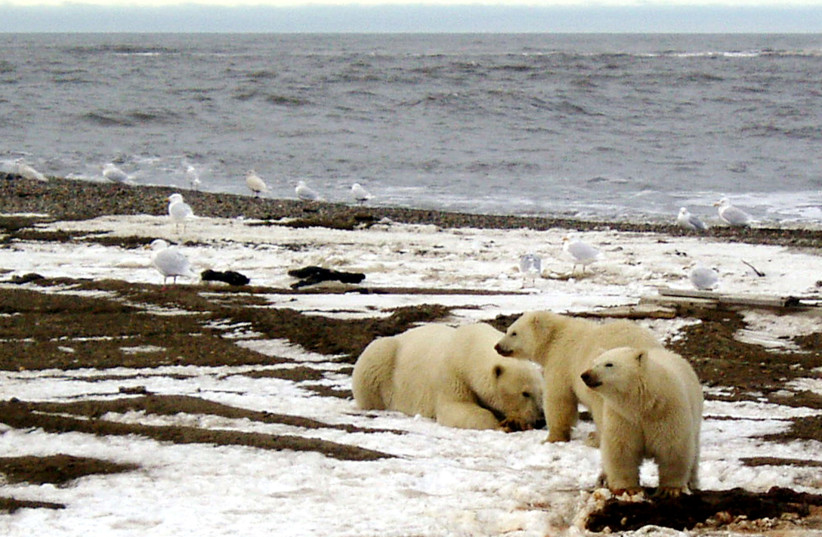NGOs, governments, and members of the public have spent rivers of ink analyzing the destructive effects of wildlife extinction on our planet. However, a new Israeli study is especially pessimistic about the current state and future of wildlife populations.
One of the key endeavors to monitor the decline of wildlife populations is the Living Planet Report. The report, which has been published biannually by the Zoological Society of London and the World Wildlife Fund, has kept track of the major declines that "vertebrate populations" (i.e. mammals, birds, reptiles, amphibians, and fish) have experienced globally over the past 24 years.
Its 2020 report showed that vertebrate populations declined by 68% on average between 1970-2016. Some scientists claimed that the 68% average decline was heavily biased and dependent on a few populations experiencing massive declines.
A study from the Ben-Gurion University of the Negev just published in Nature, however, claims that the Living Planet Report may actually greatly underestimate global population declines.The Israel-based authors analyzed the overlap of monitored populations with protected areas and compared those to a random sample of locations. They found that populations sampled in the Living Planet Report are much more likely to be found inside protected areas than would be expected to occur by chance.Dr. Gopal Murali of Ben-Gurion University, lead author of the paper, commented, “The previous critique of the report was unfair. In the previous study, the researchers removed less than 3% of the most declining populations and found that this was enough to reverse the Living Planet Report over declines to a no-net loss trend. However, by removing only those populations experiencing greatest declines – these researchers, in essence, gave much more weight to those populations showing greatest increases”. He added, “When we corrected this error – and removed both most declining and increasing populations, we found that the overall population trend reported in the original Living Planet Report remained more or less the same- i.e. 65% decline over the past nearly 50 years.”“This is truly alarming,” said Dr. Gabriel Caetano, also from Ben-Gurion University and co-lead author of the paper. “If populations inside protected areas – where we focus a lot of our conservation efforts – are doing so badly, those that reside outside protected areas are probably worse off. The true situation of nature – mostly not monitored or protected - may be much worse.”
The Environment and Climate Change portal is produced in cooperation with the Goldman Sonnenfeldt School of Sustainability and Climate Change at Ben-Gurion University of the Negev. The Jerusalem Post maintains all editorial decisions related to the content.

